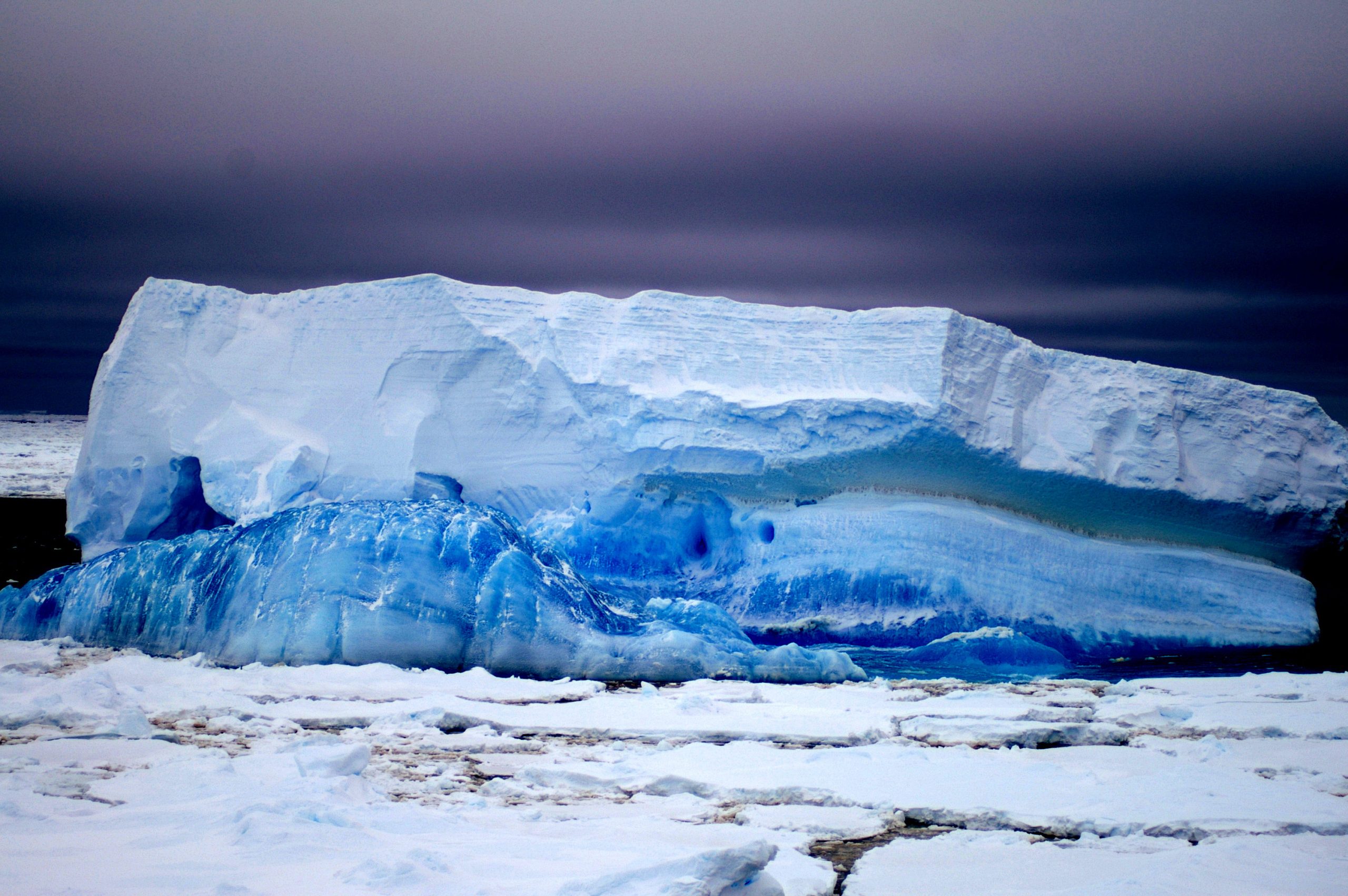Eastern Antarctica recorded exceptionally
high temperatures this week, more than 30 degrees Celsius above normal, said
experts.
Also Read: India discovers moss species in Antarctica, names it after Goddess Bharati
The Concordia research base at Dome C of
the Antarctic, which is at an altitude of 3,000 metres (9,800 feet), on Friday
registered a record -11.5 degrees Celsius (11.3 Fahrenheit), Etienne Kapikian,
a meteorologist from France-Meteo tweeted.
Normally, temperatures fall with the end of
the southern summer, but the Dumont d’Urville station on Antarctica registered
record temperatures for March with 4.9C (40.82F), at a time of year when normal
temperatures are already sub-zero.
Also Read: Antarctic explorer Ernest Shackleton’s sunk ship found after a century
Gaetan Heymes of France Meteo described the
unseasonably mild weather as a “historic event”.
And geoscientist Jonathan Wille wrote on
Twitter: “And there it is, Concordia broke its all-time record temperature
by 1.5°C.
Also Read: Scientists explore Thwaites, Antarctica’s ‘doomsday’ glacier
“This is when temperatures should be
rapidly falling since the summer solstice in December.
“This is a Pacific Northwest 2021 heat
wave kind of event,” he added. “Never supposed to happen.”
Also Read: COVID outbreak at Belgian research outpost in Antarctica
The unprecedented temperatures come after
the National Snow and Ice Data Center in the United States said Antarctica’s sea
ice fell below two million square kilometres (772,204 sq miles) in late
February for the first time since 1979.
Last year in July, the United Nations had
registered a record-high temperature of 18.3°C or 64.9°F set on the Antarctic
continent. It was set at Argentina’s Esperanza base on February 06, 2020, and
it surpasses the previous 17.5°C or 63.5°F record that was also set at the same
location in March 2015.
Also Read: Antarctica’s ‘doomsday’ glacier melting at concerning rate say scientists
“Verification of this maximum temperature
record is important because it helps us to build up a picture of the weather
and climate in one of Earth’s final frontiers. Even more so than the Arctic,
the Antarctic is poorly covered in terms of continuous and sustained weather
and climate observations and forecasts, even though both play an important role
in driving climate and ocean patterns and in sea level rise,” said World
Meteorological Organization Secretary.
Also Read: COP26: Britain names an Antarctic glacier ‘Glasgow’ ahead of climate summit
He continued, adding that “the
Antarctic Peninsula (the northwest tip near to South America) is among the
fastest warming regions of the planet, almost 3°C over the last 50 years. This
new temperature record is therefore consistent with the climate change we are
observing. WMO is working in partnership with the Antarctic Treaty System to
help conserve this pristine continent.”






